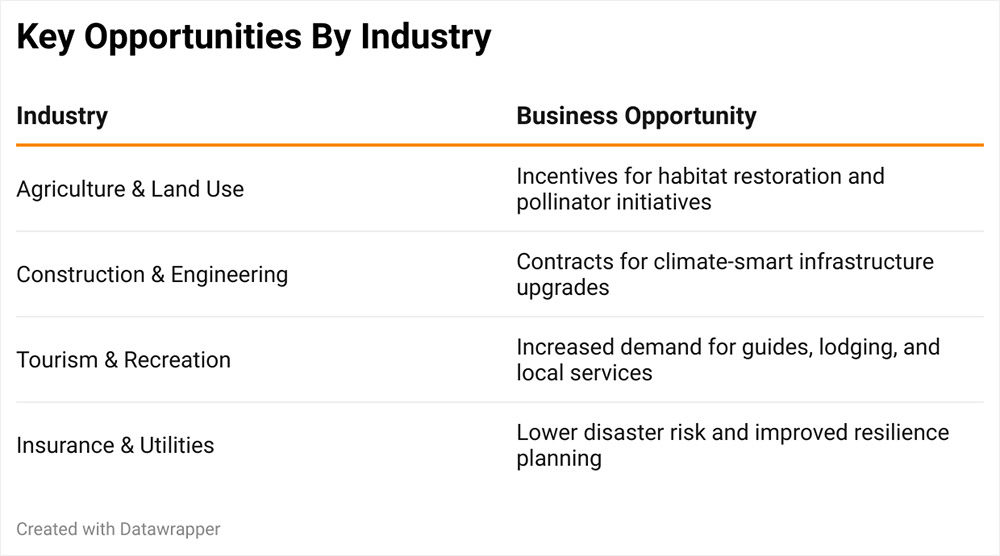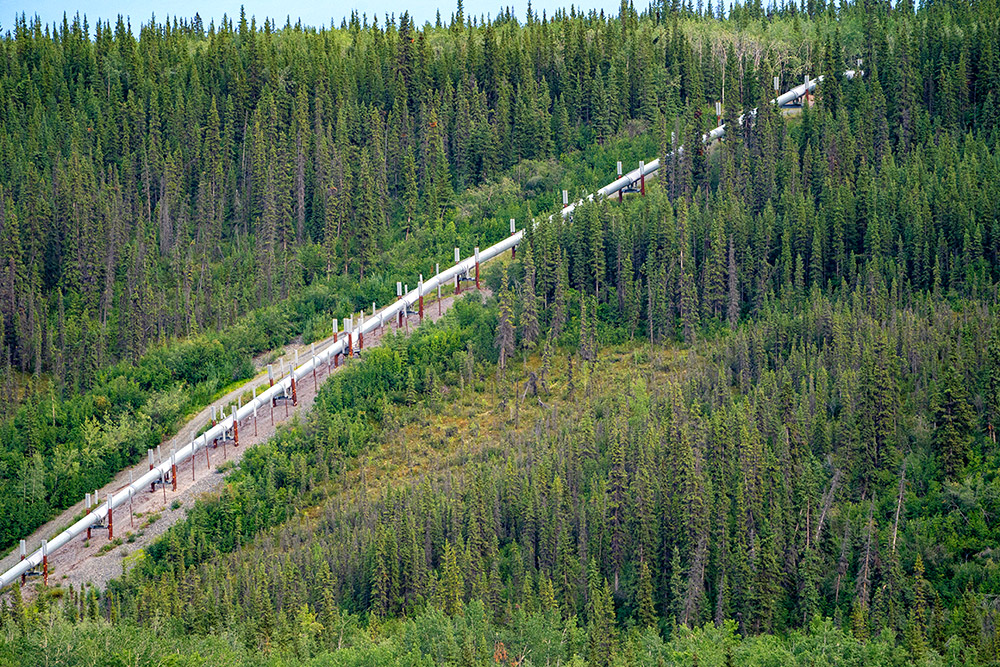When the Make America Beautiful Again (MABA) initiative was enacted in July 2025, it marked a fundamental shift in U.S. conservation policy, one designed to marry environmental stewardship with economic vitality. For businesses operating in energy, agriculture, outdoor recreation, tourism, and infrastructure development, understanding MABA’s objectives, implications, and opportunities is critical.
Unlike earlier frameworks that relied heavily on regulation, MABA emphasizes voluntary stewardship and public-private partnerships. This approach is designed to create opportunities for collaboration—as opposed to regulatory hurdles and confrontation—and aims to restore habitats, expand public access to lands, modernize infrastructure, and, most notably given recent floods, wildfires, and tornadoes, reduce risks tied to natural disasters.
A modern approach to conservation
At the heart of MABA is a philosophy that prioritizes incentive-based cooperation over punitive regulation. The initiative establishes the MABA Commission, a coalition of federal agencies, states, tribal governments, nonprofits, and private landowners tasked with advancing landscape-scale conservation across jurisdictional boundaries.
For businesses, this results in fewer regulatory compliance burdens and new tools and opportunities to support conservation and sustainability objectives without sacrificing—and indeed potentially increasing—profitability. Ranchers and farmers, for example, will have access to financial incentives for creating wildlife corridors or planting pollinator habitats—measures that enhance biodiversity and protect water quality while keeping operations viable.
Outdoor recreation: An economic catalyst
MABA also focuses on expanding public access to trails, waterways, and federal lands for outdoor activities such as hiking, fishing, hunting, and camping. These pursuits are more than cultural touchstones; they represent a significant economic engine. Outdoor recreation contributes an estimated $1.2 trillion annually to the U.S. economy, and the initiative seeks to amplify this impact by enhancing opportunities for businesses, particularly in rural communities.
$1.2T
For small businesses—guides, outfitters, hospitality operators—expanded access could mean increased tourism, higher revenues, and greater resilience in areas that often lack economic diversification. Beyond the sought-after financial benefits, improved access to lands helps engage the public in conservation efforts, reinforcing the concept of shared responsibility for natural resources.
Investment in infrastructure and jobs
One of the most tangible elements of MABA is its commitment to reducing the $23 billion maintenance backlog across national parks and forests. Through a combination of visitor fees and public-private partnerships, the initiative will finance upgrades to trails, roads, and visitor centers, with an emphasis on climate-resilient infrastructure that reduces long-term repair costs. For industry, this represents a major opportunity pipeline for construction, engineering, and related services. The idea behind MABA is that these projects will not only improve visitor safety and experience but should also create thousands of jobs in local communities, benefiting rural economies while aligning with conservation and sustainability goals.

Reducing risk through active land management
MABA calls for active forest and land management, including controlled burns, selective thinning, and wetlands restoration. These practices are designed to reduce wildfire risks, improve water retention in drought-prone regions, and enhance overall biodiversity.
Voluntary stewardship can reduce risk and increase profitability across industries.
For organizations in sectors such as insurance, utilities, and agriculture, these measures deliver tangible benefits: reduced exposure to catastrophic losses, more stable supply chains, and opportunities in carbon credit markets. By integrating ecological health with economic security, MABA provides a framework for climate resilience that aligns with private-sector interests.
The controversy: Regulatory rollbacks and market uncertainty
Despite its collaborative tone, MABA has sparked debate due to its regulatory rollbacks. Critics argue that easing federal oversight could lead to inconsistent enforcement and undermine environmental protections, while supporters contend that incentive-based strategies will deliver results more efficiently than traditional compliance models and stimulate business and economic growth.
$23B
This policy shift introduces uncertainty. Companies that invest in voluntary stewardship programs today need to anticipate the possibility of future administrations reinstating stricter rules. The prudent approach would seem to be the adoption of hybrid strategies that embrace voluntary programs while maintaining systems that meet or exceed baseline environmental standards. Documenting measurable outcomes, such as restored acreage or reduced emissions, can also help mitigate reputational and regulatory risks down the road.
An inclusive, bipartisan framework
One of MABA’s strengths lies in its ability to build consensus across political and social divides. By prioritizing voluntary participation and local control, the initiative appeals to a wide range of stakeholders, including landowners, ranchers, hunters, anglers, and environmental advocates. This inclusive structure is designed, at least in part, to reduce the risk of litigation and abrupt policy reversals, providing a degree of stability that benefits long-term business planning.
Conservation is becoming an economic catalyst for rural communities and small businesses.
Why it matters for business
MABA is more than a conservation directive; it is a strategic framework that links ecological resilience to economic growth. It positions the private sector as a key partner in restoring ecosystems, modernizing infrastructure, and unlocking new revenue streams tied to recreation, tourism, and climate adaptation.
Key opportunities for industry include incentives in agriculture and land use for habitat restoration and pollinator initiatives; contracts for construction and engineering firms in climate-smart infrastructure upgrades; increased demand in tourism and recreation for guides, lodging, and local services; and benefits for insurance and utility providers through lower disaster risk and improved resilience planning.
By virtue of MABA’s upside when viewed outside any political lens, the message for executives is clear: the initiative isn’t just about environmental protection; it’s about business opportunities, sustainable growth, competitive advantage, and resilience in an evolving economic and regulatory landscape.
